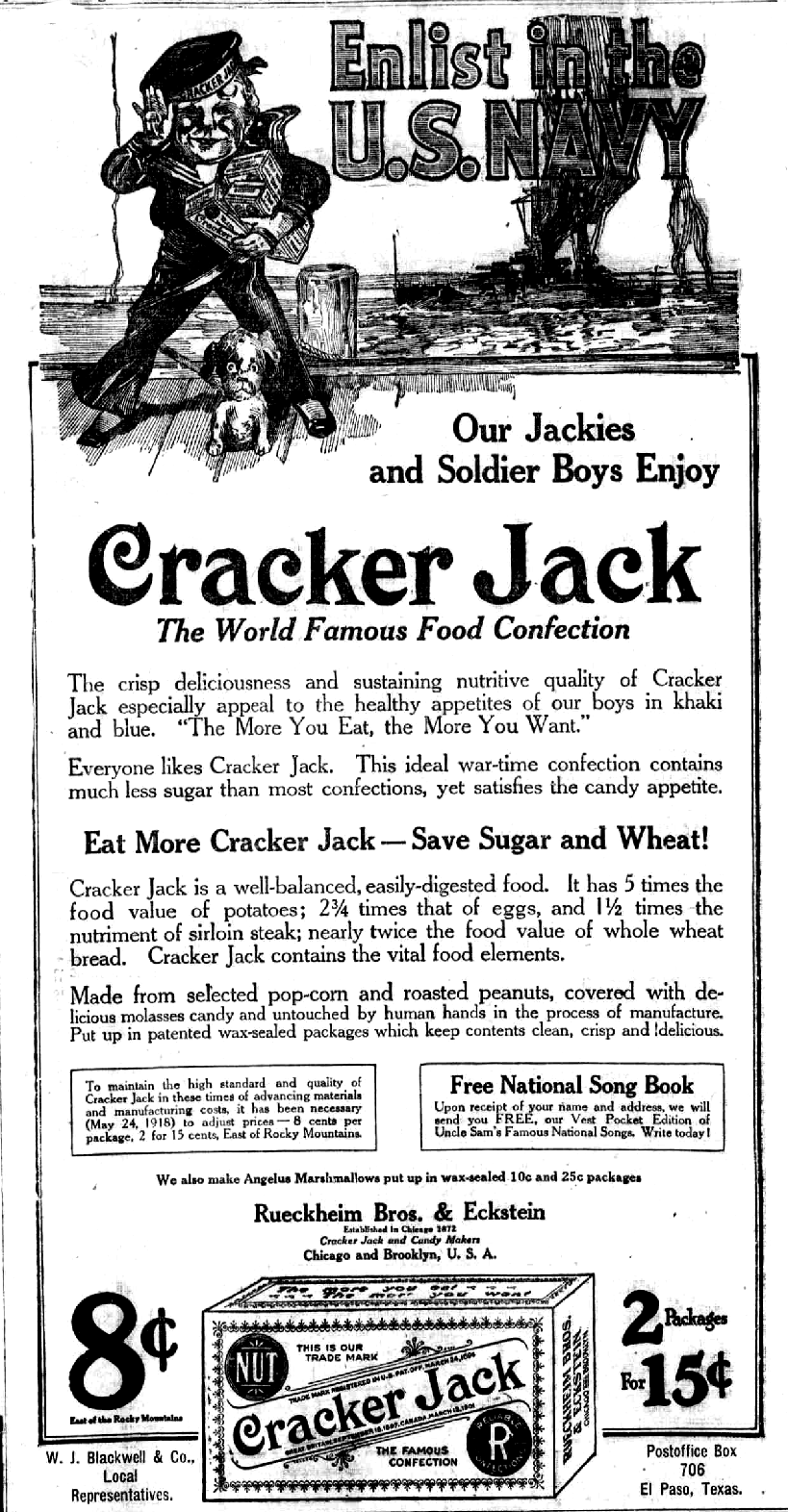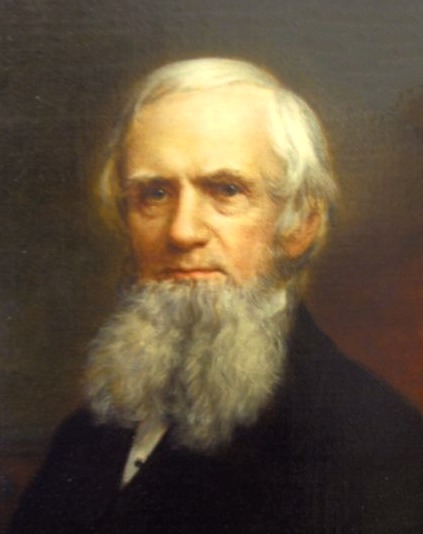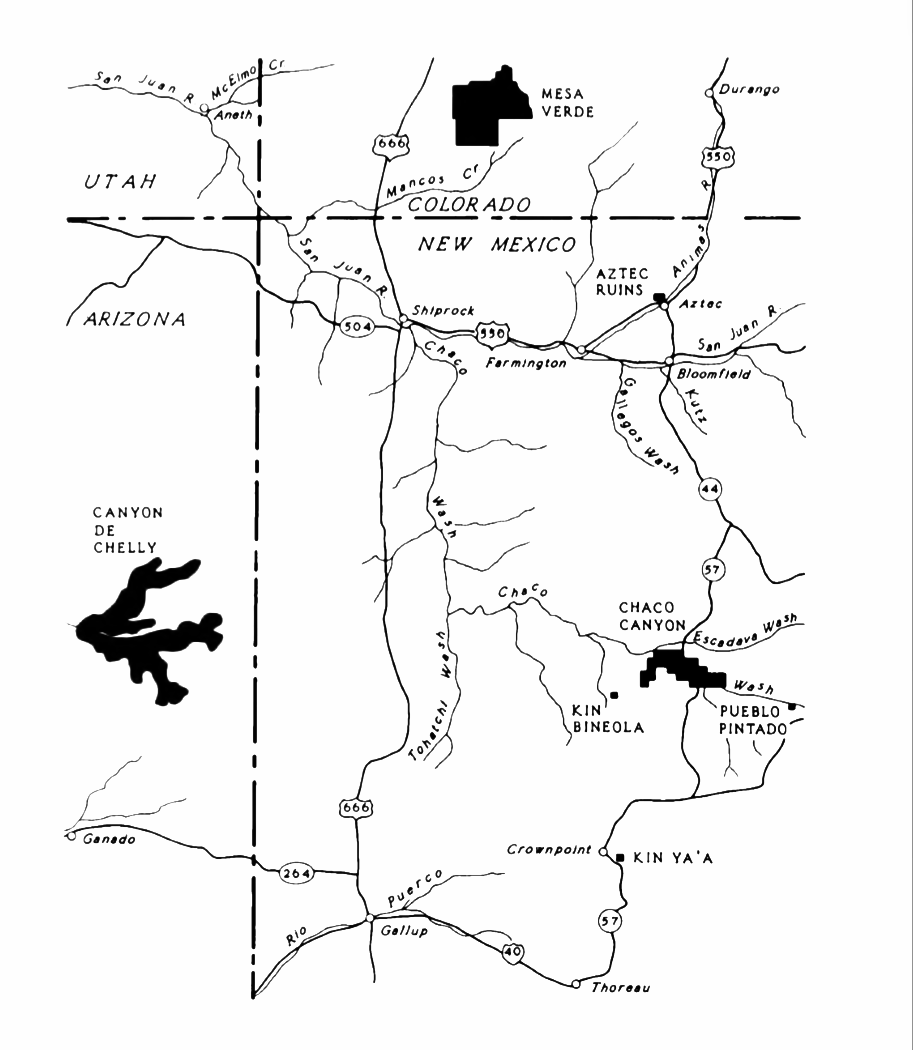|
Popcorn
Popcorn (also called popped corn, popcorns, or pop-corn) is a variety of corn kernel which expands and puffs up when heated. The term also refers to the snack food produced by the expansion. It is one of the oldest snacks, with evidence of popcorn dating back thousands of years in the Americas. It is commonly eaten salted, buttered, sweetened, or with artificial flavorings. A popcorn kernel's strong hull contains the seed's hard, starchy shell endosperm with 14–20% moisture, which turns to steam as the kernel is heated. Pressure from the steam continues to build until the hull ruptures, allowing the kernel to forcefully expand, to 20 to 50 times its original size, and then cool. Some strains of corn ( taxonomized as ''Zea mays'') are cultivated specifically as popping corns. The ''Zea mays'' variety ''everta'', a special kind of flint corn, is the most common of these. Popcorn is one of six major types of corn, which includes dent corn, flint corn, pod corn, flour c ... [...More Info...] [...Related Items...] OR: [Wikipedia] [Google] [Baidu] |
Cretors
C. Cretors & Company is an US, American manufacturing company, specializing in popcorn machines and other concessions equipment. It was established in 1885 with the invention of the first large-scale commercial Popcorn maker, popcorn machine to pop corn in oil. C. Cretors & Co. is in Wood Dale, Illinois and is still owned by the Cretors family. History 1880s through 1890s Charles Cretors was originally from Lebanon, Ohio, Lebanon, Ohio, but eventually made his way to Decatur, Illinois, where he opened a bakery and eventually a confectionery shop. He purchased a peanut roaster for his shop to broaden his product line to include freshly roasted peanuts. Not satisfied with the new machine, he redesigned it for better function. He moved to Chicago seeking success by selling his new machine. He purchased a vendor's license to test his machine in front of his shop. The license, dated December 2, 1885, marks the inception of C. Cretors & Co. [...More Info...] [...Related Items...] OR: [Wikipedia] [Google] [Baidu] |
Cracker Jack
Cracker Jack is an American brand of snack food that consists of molasses-flavored, caramel-coated popcorn balls and peanuts, well known for being packaged with a prize of trivial value inside. The Cracker Jack name and slogan, "The More You Eat, The More You Want" were registered in 1896. Food author Andrew F. Smith has called it the first junk food. Cracker Jack is famous for its connection to baseball lore. The Cracker Jack brand has been owned and marketed by Frito-Lay since 1997. Frito-Lay announced in 2016 that the toy gift would no longer be provided and had been replaced with a QR code which can be used to download a baseball-themed game. Background The origin of sugar-coated popcorn with a mixture of peanuts is unknown, but periodicals document its manufacture and sale in North America as far back as the early 19th century. The Freeport, Illinois ''Daily Journal'' newspaper published on January 29, 1857, for example, contains an advertisement by a local merchan ... [...More Info...] [...Related Items...] OR: [Wikipedia] [Google] [Baidu] |
Snack
A snack is a small portion of Human food, food generally Eating, eaten between meals. Snacks come in a variety of forms including Food packaging, packaged snack foods and other processed foods, as well as items made from fresh ingredients at home. Traditionally, snacks are prepared from a number of ingredients commonly available at home without a great deal of preparation. Often Lunch meat, cold cuts, fruits, leftovers, Nut (fruit), nuts, sandwiches, and Candy, sweets are used as snacks. With the spread of convenience stores, packaged snack foods became a significantly profitable business. Snack foods are typically designed to be portable, quick, and satisfying. Food processing, Processed snack foods, as one form of convenience food, are designed to be less perishable, more durable, and more portable than prepared foods. They often contain substantial amounts of Sugar substitute, sweeteners, preservatives, and appealing ingredients such as chocolate, peanuts, and specially d ... [...More Info...] [...Related Items...] OR: [Wikipedia] [Google] [Baidu] |
Catron County, New Mexico
Catron County is a county in the U.S. state of New Mexico. As of the 2020 census, the population was 3,579, making it New Mexico's third-least populous county. Its county seat is Reserve. Catron County is New Mexico's largest county by area. History Human settlement in the Catron County region dates to some of the earliest in the Americas. During the Clovis period, between 10999 BC and 8000 BC, and Folsom period, between 7999 BC and 5999 BC, the Ake Site was occupied near Datil.(ndNational Register of Historic Places - Catron County, New Mexico Retrieved June 13, 2007. Bat Cave, near Horse Springs, was occupied around 3,500 BC. The Mimbres culture was expressed by the Mogollon people. They lived throughout the Catron County area from AD 1000 to 1130. Their art is renowned for its beauty. In the 16th century, Spanish explorers and colonists came to the region, declaring it in 1598 to be part of Santa Fé de Nuevo México, a province of New Spain in the Americas. The ... [...More Info...] [...Related Items...] OR: [Wikipedia] [Google] [Baidu] |
Flint Corn
Flint corn (''Zea mays'' var. ''indurata''; also known as Indian corn or sometimes calico corn) is a variant of maize, the same species as common corn. Because each kernel has a hard outer layer to protect the soft endosperm, it is likened to being hard as flint, hence the name. It is one of six major types of corn, the others being dent corn, pod corn, popcorn, flour corn, and sweet corn. History With less soft starch than dent corn (''Zea mays indentata''), flint corn does not have the dents in each kernel from which dent corn gets its name. This is one of the three types of corn cultivated by Indigenous peoples of the Americas, Native Americans, both in New England and across the northern tier, including tribes such as the Pawnee people, Pawnee on the Great Plains. Archaeologists have found evidence of such corn cultivation in what is now the United States before 1000 BC. Corn was initially domesticated in Mexico by native peoples about 9,000 years ago. They used many generatio ... [...More Info...] [...Related Items...] OR: [Wikipedia] [Google] [Baidu] |
Maize
Maize (; ''Zea mays''), also known as corn in North American English, is a tall stout grass that produces cereal grain. It was domesticated by indigenous peoples in southern Mexico about 9,000 years ago from wild teosinte. Native Americans planted it alongside beans and squashes in the Three Sisters polyculture. The leafy stalk of the plant gives rise to male inflorescences or tassels which produce pollen, and female inflorescences called ears. The ears yield grain, known as kernels or seeds. In modern commercial varieties, these are usually yellow or white; other varieties can be of many colors. Maize relies on humans for its propagation. Since the Columbian exchange, it has become a staple food in many parts of the world, with the total production of maize surpassing that of wheat and rice. Much maize is used for animal feed, whether as grain or as the whole plant, which can either be baled or made into the more palatable silage. Sugar-rich varieties called sw ... [...More Info...] [...Related Items...] OR: [Wikipedia] [Google] [Baidu] |
Huaca Prieta
Huaca Prieta is the site of a prehistoric settlement beside the Pacific Ocean in the Chicama Valley, just north of Trujillo, La Libertad Province, Peru. It is a part of the El Brujo Archaeological Complex, which also includes Moche (culture) sites. Huaca Prieta was occupied as early as 14,500 BP, long before ceramics were introduced. It consists of a huge mound of ash, stones, textiles, plants and shells, with some burials and constructions. Excavations It was first excavated by Junius B. Bird in 1946–1947 who excavated three large test pits in or beside it. The remains, now at the American Museum of Natural History in New York City, include many examples of complex textiles made with twining techniques which incorporated intricate designs of mythological humans, condors, snakes and crabs. The many stone artifacts were not fancy—fish net weights, flakes and simple pebble tools; there were no projectile points. In the upper part of the mound there were many undergroun ... [...More Info...] [...Related Items...] OR: [Wikipedia] [Google] [Baidu] |
Rogačevo Na 17 Maj 2013g (206)
Rogačevo is a small village located in the north-western part of North Macedonia, 26 km away from the city of Tetovo and 1 km away from the village of Jažince, the border crossing point with Kosovo Kosovo, officially the Republic of Kosovo, is a landlocked country in Southeast Europe with International recognition of Kosovo, partial diplomatic recognition. It is bordered by Albania to the southwest, Montenegro to the west, Serbia to the .... It used to be part of the former municipality of Vratnica. Žerovjane is Rogačevo in the 1467/68 Ottoman tax registry (defter) for the Nahiyah of Kalkandelen. The village had a total of 59 Christian households and 4 bachelors. Rogacevo is situated in the upper part of the Polog plain, at the foothills of the northern part of the Šar Mountains, under the Luboten peak. Around a hundred houses are present with about 500 people living here. Since the time the village was founded, it has been Christian Orthodox. Accord ... [...More Info...] [...Related Items...] OR: [Wikipedia] [Google] [Baidu] |
Improved No2 Wagon
Improved may refer to: * Improved clinch knot, a knot commonly used to secure a fishing line * Improved-definition television (IDTV) * Improved Touring, a category of classifications for cars in amateur road racing * Improved Orion, an American research rocket * LNWR Improved Precedent Class, a class of 2-4-0 steam locomotive originally designed for express passenger work See also * Most Improved Player (other), a sports award * Past participle of Improvement {{disambig ... [...More Info...] [...Related Items...] OR: [Wikipedia] [Google] [Baidu] |
John Russell Bartlett
John Russell Bartlett (October 23, 1805 – May 28, 1886) was an American historian and linguist. Early life Bartlett was born in Providence, Rhode Island, on October 23, 1805, the son of Smith Bartlett and Nancy (Russell) Bartlett. In 1819 he was a student at the Lowville Academy in Lowville, New York, which he attended for two years. From 1807 to 1824 he lived in Kingston, Canada. From 1824 to 1836 he lived in Providence where he worked first as a clerk in his uncle's dry goods store (1824–1828), then as a bookkeeper and acting teller at the Bank of North America (1828–1831), and finally as the first cashier of the Globe Bank (1831–1836). Intellectual life, business In 1831, he was one of the founders of the Providence Athenaeum, and was elected its first treasurer. That year he was also elected to membership in the Rhode Island Historical Society. The following year he was ordering books for the newly founded Providence Franklin Society, an early lyceum. Over th ... [...More Info...] [...Related Items...] OR: [Wikipedia] [Google] [Baidu] |
East Coast Of The United States
The East Coast of the United States, also known as the Eastern Seaboard, the Atlantic Coast, and the Atlantic Seaboard, is the region encompassing the coast, coastline where the Eastern United States meets the Atlantic Ocean; it has always played a major socioeconomic role in the development of the United States. The region is generally understood to include the U.S. states that border the Atlantic Ocean: Connecticut, Delaware, Florida, Georgia (U.S. state), Georgia, Maine, Maryland, Massachusetts, New Hampshire, New Jersey, New York (state), New York, North Carolina, Rhode Island, South Carolina, and Virginia, as well as some landlocked territories (Pennsylvania, Vermont, West Virginia and Washington, D.C.). Toponymy and composition The Toponymy, toponym derives from the concept that the contiguous 48 states are defined by two major coastlines, one at the West Coast of the United States, western edge and one on the eastern edge. Other terms for referring to this area include ... [...More Info...] [...Related Items...] OR: [Wikipedia] [Google] [Baidu] |
Ancestral Puebloan
The Ancestral Puebloans, also known as Ancestral Pueblo peoples or the Basketmaker-Pueblo culture, were an ancient Native American culture of Pueblo peoples spanning the present-day Four Corners region of the United States, comprising southeastern Utah, northeastern Arizona, northwestern New Mexico, and southwestern Colorado. They are believed to have developed, at least in part, from the Oshara tradition, which developed from the Picosa culture. The Ancestral Puebloans lived in a range of structures that included small family pit houses, larger structures to house clans, grand pueblos, and cliff-sited dwellings for defense. They had a complex network linking hundreds of communities and population centers across the Colorado Plateau. They held a distinct knowledge of celestial sciences that found form in their architecture. The kiva, a congregational space that was used mostly for ceremonies, was an integral part of the community structure. Archaeologists continue to d ... [...More Info...] [...Related Items...] OR: [Wikipedia] [Google] [Baidu] |






